Affiliate links on Android Authority may earn us a commission. Learn more.
AirPods Pro 2 vs AirPods 2 vs AirPods 3: Which earbuds are the best for you?


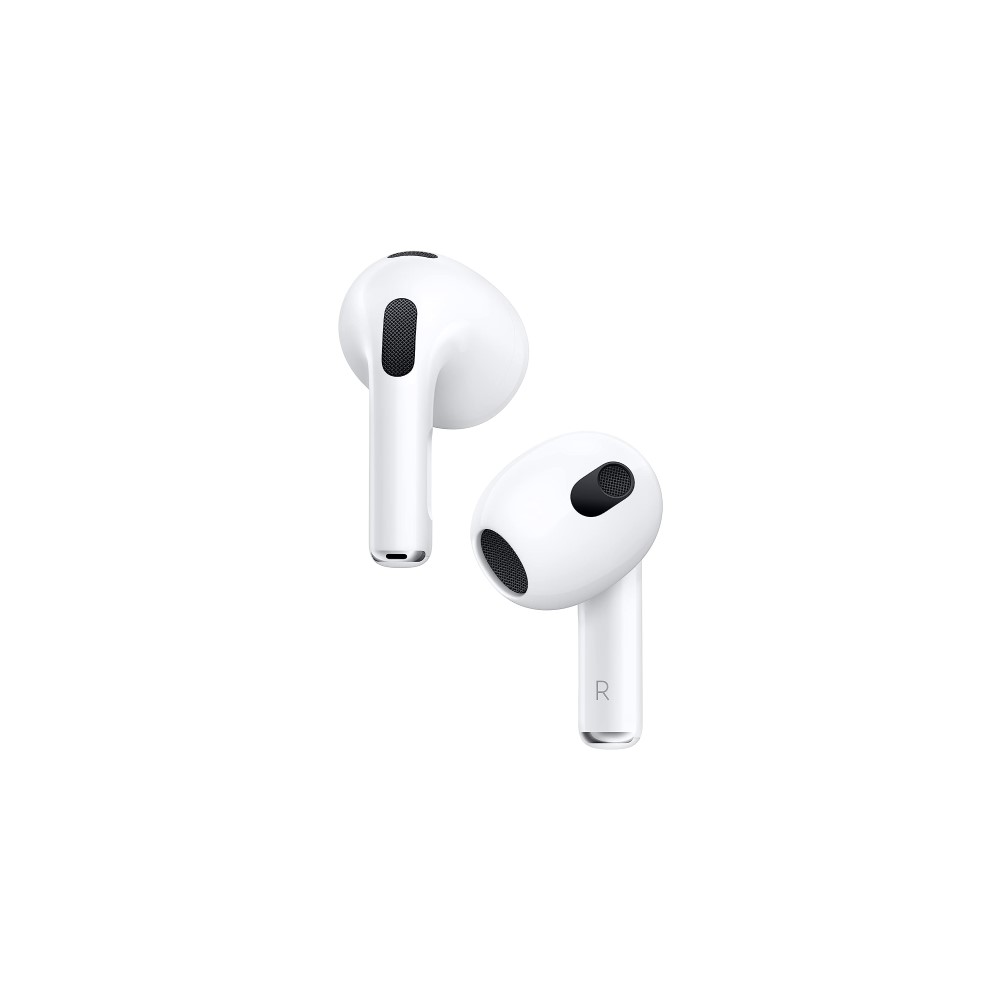

Apple’s divisive AirPods have staying power, even if some stay in your ears better than others. The noise canceling AirPods Pro 2 boast all the bells and whistles. But not everyone wants earbuds that block out the world. That’s where the AirPods 3 and AirPods 2 come into play.
Let’s look at the differences between Apple’s current sets of wireless earbuds, find out which Airpods you should buy, and look at some of the best AirPods alternatives.
Apple AirPods Pro 2 vs AirPods 2 vs AirPods 3: At a glance
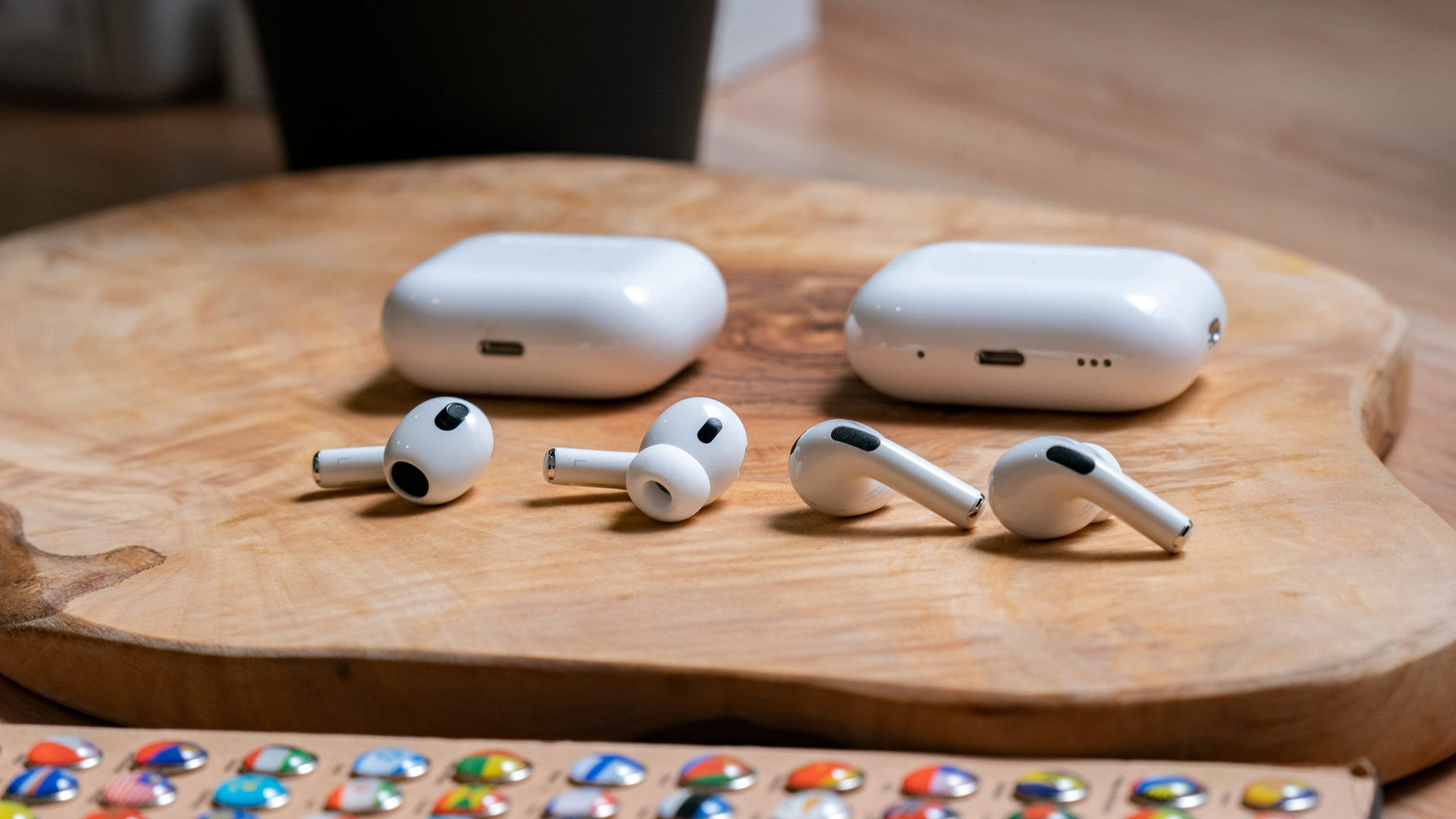
The AirPods Pro (2nd generation) hit the shelves in September 2022, and the AirPods (3rd generation) became available in October 2021. Before that, Apple announced the AirPods (2nd generation) in March 2019.
Active noise canceling (ANC) separates the Apple AirPods Pro 2 from the open-type fit of the AirPods 2 and AirPods 3. This sealed design is a major upgrade that improves sound quality and comfort. With the AirPods Pro (2nd generation), you get four sizes of ear tips for a custom, secure fit that blocks out background noise. Conversely, the open-ear AirPods put safety first and let you hear your surroundings.
The AirPods Pro 2 and AirPods 3 buds and case feature an IPX4 water-resistant rating. This rating makes them much more durable than the AirPods 2, which lacks any water resistance. The AirPods Pro 2 are the best Apple earbuds for working out. Athletes will enjoy the buds’ stable fit, comprehensive controls, and durable build. Not to mention they will better block out the noise from noisy gyms or streets.
Personalized Spatial Audio with head tracking works on the AirPods Pro (2nd generation) and the AirPods (3rd generation). You will not find this with the AirPods (2nd generation).
The Apple AirPods 2 cost $129. The AirPods 3 cost $179 or $169, for the MagSafe Charging case or Lightning Charging Case variants, respectively. The AirPods Pro 2 cost $249. Thankfully, discounts are pretty common across the whole line-up.
Are the Apple AirPods Pro 2, AirPods 3, and AirPods 2 worth buying?
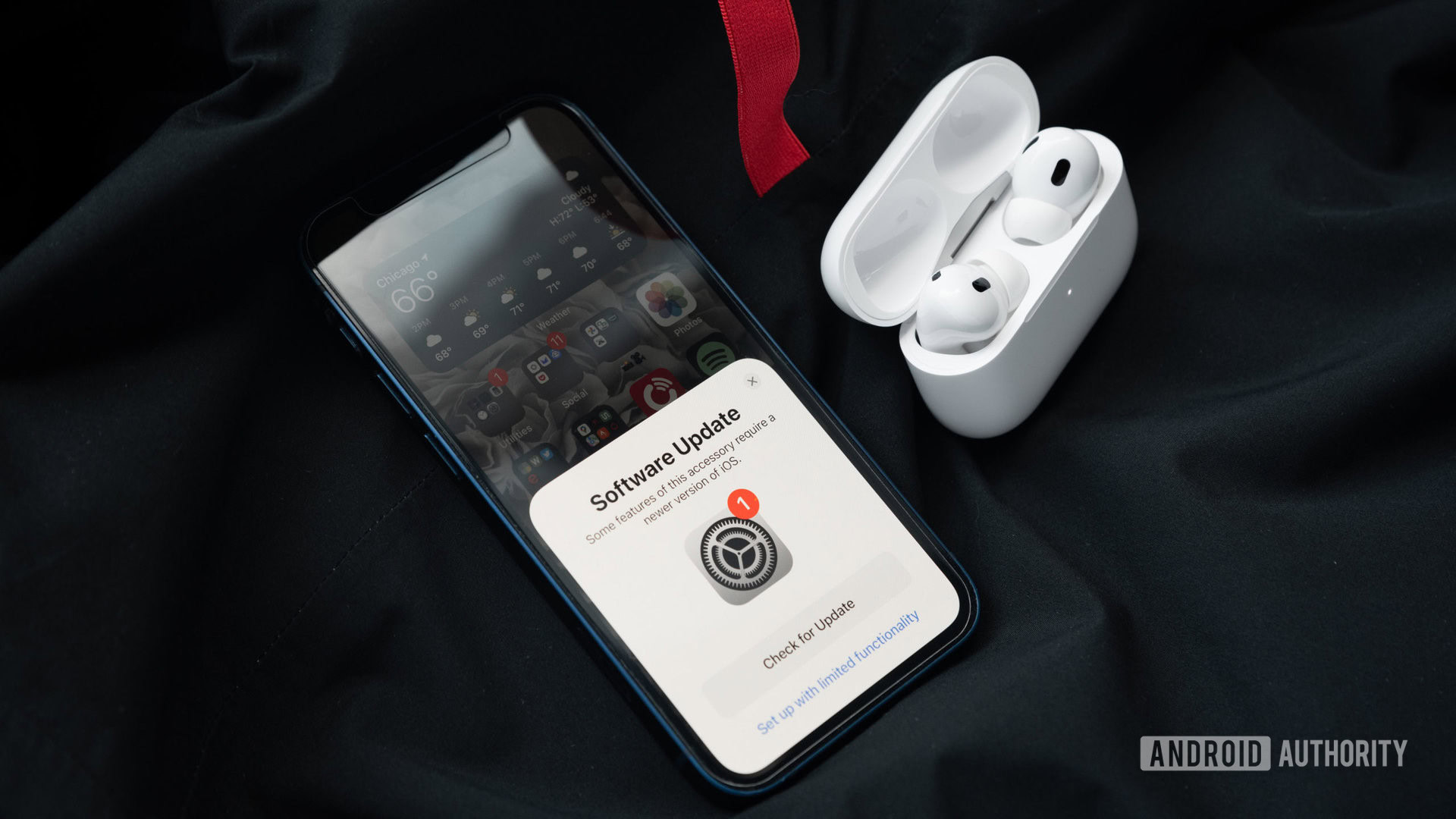
The Apple AirPods Pro (2nd generation) are worth buying if you need a new pair of buds, own an iPhone, and want ANC. Apple’s flagship earbuds integrate well into the company’s ecosystem and sound great. Deciding to upgrade from the original AirPods Pro to the AirPods Pro 2 is more complicated. The upgrade only offers marginal improvements, and Apple’s AirPods Pro 2 aren’t cheap. Even in 2024, the AirPods Pro (1st generation) compete with the best earbuds around.
Now, if you own the AirPods 2 or AirPods 3, the AirPods Pro 2 are easier to recommend. Upgrading from the standard AirPods to the AirPods Pro 2 gives you better sound quality, ANC, and onboard volume controls. That said, many people prefer open-ear headphones and find the AirPods unsealed fit is actually a pro, not a con. If that’s you, the AirPods (3rd generation) are right up your alley.
While the AirPods 2 are the cheapest option, we don’t recommend buying them today. The Apple AirPods 3 have plenty of life left. Meanwhile, the AirPods 2 are nearing the end of their lifecycle. The AirPods (3rd generation) are the better buy for longer software support and extended firmware updates. Generally, we don’t recommend the AirPods to anyone with an Android phone, but you can still use AirPods on Android. That said, Android users can choose from plenty of other earbuds.
What experts are saying about the Apple AirPods Pro 2, AirPods 3, and AirPods 2
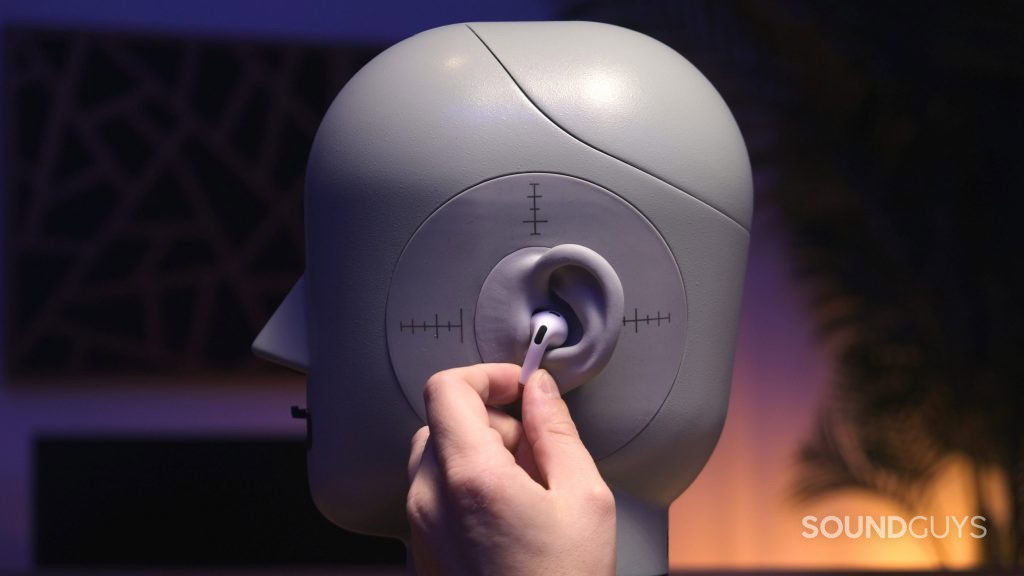
We’ve reviewed each of Apple’s AirPods, and we came to the same conclusion after each review. The AirPods Pro (2nd generation), AirPods (3rd generation), and AirPods (2nd generation) are all excellent earbuds for iPhone owners. In my time with Apple’s earbuds, they’ve all felt hamstrung on Android.
Equipped with ANC, onboard volume controls, and plenty of software features, the AirPods Pro 2 are the most refined of the bunch. The second-generation Pro fit the best, too. Listeners of all ear sizes can wear the buds since the ear tips range from extra-small to large. The AirPods Pro 2 also stand out for their many Find My features.
The AirPods (3rd generation) are ostensibly un-tipped AirPods. Apple’s Spatial Audio and head tracking impressed me with the AirPods Pro 2 and AirPods 3. Many listeners will also delight in the MagSafe charging case and IPX4 rating that these AirPods share. For those willing to forfeit ear tips, you can have the AirPods 3 for $70 less than the second-gen AirPods Pro.
The AirPods Pro 2 are the best Apple earbuds for most people.
Let’s jump over to the older AirPods (2nd generation). Compared to the AirPods 3, the AirPods 2 feature thinner, longer stems. A looser fit makes the earbuds more prone to falling out than the newer AirPods. You won’t find personalized spatial audio or volume controls here either. In our review, what we loved most about the AirPods 2 was how well they integrated with other Apple devices. With more modern AirPods to choose from today, the AirPods 2 are less of an iPhone darling.
What other reviewers from around the web think
To give you a holistic overview of the Apple AirPods, we wanted to share what other reviewers are saying about the AirPods.
- Cnet’s David Carnoy said the AirPods Pro (2nd generation) offer excellent performance for their size. He noted that the sound quality of the AirPods Pro 2 compares well to that of other heavy hitters like the Sony WF-1000XM4 and Sennheiser Momentum True Wireless 3.
- TechCrunch’s Brian Heater found the AirPods 3 much more comfortable than the AirPods 2, due to the newly contoured stems. He acknowledged that the universal, unsealed fit of the AirPods 3 isn’t for everyone and recommended the Pro model to small-eared listeners.
- Tom’s Guide’s Sherri Smith was not impressed with the bass and treble response of the AirPods 2. Even still, she said the AirPods 2 are great wireless earbuds that seamlessly integrate with multiple Apple devices. At their lowered price, these AirPods are a good option.
Apple AirPods Pro 2 vs AirPods 3 vs AirPods 2: Specs
| AirPods Pro (2nd generation) | AirPods (3rd generation) | AirPods (2nd generation) | |
|---|---|---|---|
Dimensions | AirPods Pro (2nd generation) Earbud: 30.9 x 21.8 x 24.0mm Case: 45.2 x 60.6 x 21.7mm | AirPods (3rd generation) Earbud: 30.79 x 18.26 x 19.21mm Lightning/MagSafe case: 46.40 x 54.40 x 21.38mm | AirPods (2nd generation) Earbud: 40.5 x 16.5 x 18.0mm Case: 53.5 x 44.3 x 21.3mm |
Weights | AirPods Pro (2nd generation) Earbud: 5.3g Case: 50.8g | AirPods (3rd generation) Earbud: 4.28g Lightning/MagSafe case: 37.91g | AirPods (2nd generation) Earbud: 4.0g Case: 38.2g |
Bluetooth connectivity | AirPods Pro (2nd generation) Bluetooth 5.3 SBC, AAC | AirPods (3rd generation) Bluetooth 5.0 SBC, AAC | AirPods (2nd generation) Bluetooth 5.0 SBC, AAC |
Water resistance | AirPods Pro (2nd generation) Earbuds: IPX4 Case: IPX4 | AirPods (3rd generation) Earbuds: IPX4 Case: IPX4 | AirPods (2nd generation) None |
Listening time | AirPods Pro (2nd generation) Earbuds, ANC on: 6 hours Earbuds, personalized Spatial Audio and head tracking: 5.5 hours Earbuds and case: up to 30 hours | AirPods (3rd generation) Earbuds: 6 hours Spatial Audio: 5 hours Earbuds and case: 30 hours | AirPods (2nd generation) Earbuds: 5 hours Earbuds and case: 24 hours |
Talk time | AirPods Pro (2nd generation) Earbuds ANC on: 4.5 hours Earbuds and case: 24 hours | AirPods (3rd generation) Earbuds: 4 hours Earbuds and case: 20 hours | AirPods (2nd generation) Earbuds: 3 hours Earbuds and case: 18 hours |
Charging | AirPods Pro (2nd generation) Lightning MagSafe Wireless | AirPods (3rd generation) Lightning or MagSafe, depends on variant | AirPods (2nd generation) Lightning Wireless variant no longer available |
Audio hardware | AirPods Pro (2nd generation) Custom high-excursion Apple driver Custom high dynamic range amplifier Vent system for pressure equalization | AirPods (3rd generation) Custom high-excursion Apple driver Custom high dynamic range amplifier | AirPods (2nd generation) Apple-designed driver |
Sensors | AirPods Pro (2nd generation) Dual beamforming microphones Inward-facing microphone Skin-detect sensor Motion-detecting accelerometer Speech-detecting accelerometer Force sensor Touch control | AirPods (3rd generation) Dual beamforming microphones Inward-facing microphone Skin-detect sensor Motion-detecting accelerometer Speech-detecting accelerometer Force sensor | AirPods (2nd generation) Dual beamforming microphones Dual optical sensors Motion-detecting accelerometer Speech-detecting accelerometer |
Device compatibility | AirPods Pro (2nd generation) Latest versions of iOS, macOS, Apple Watch, Apple TV Android: Limited Bluetooth features only Windows: Limited Bluetooth features only | AirPods (3rd generation) Latest versions of iOS, macOS, Apple Watch, Apple TV Android: Limited Bluetooth features only Windows: Limited Bluetooth features only | AirPods (2nd generation) Latest versions of iOS, macOS, Apple Watch, Apple TV Android: Limited Bluetooth features only Windows: Limited Bluetooth features only |
Chipset | AirPods Pro (2nd generation) H2 (earbuds) U1 (case) | AirPods (3rd generation) H1 (earbuds) | AirPods (2nd generation) H1 (earbuds) |
Personalized Spatial Audio with head tracking | AirPods Pro (2nd generation) Yes | AirPods (3rd generation) Yes | AirPods (2nd generation) No |
Noise-cancelling | AirPods Pro (2nd generation) Yes | AirPods (3rd generation) No | AirPods (2nd generation) No |
Transparency | AirPods Pro (2nd generation) Yes, adaptive | AirPods (3rd generation) No | AirPods (2nd generation) No |
Ear tip selection | AirPods Pro (2nd generation) XS, S, M, L | AirPods (3rd generation) None | AirPods (2nd generation) None |
Release date | AirPods Pro (2nd generation) September 23, 2022 | AirPods (3rd generation) October 26, 2021 | AirPods (2nd generation) March 20, 2019 |
Price | AirPods Pro (2nd generation) $249 | AirPods (3rd generation) $169 / $179 | AirPods (2nd generation) $129 |
Apple AirPods Pro 2, AirPods 3, and AirPods 2 performance
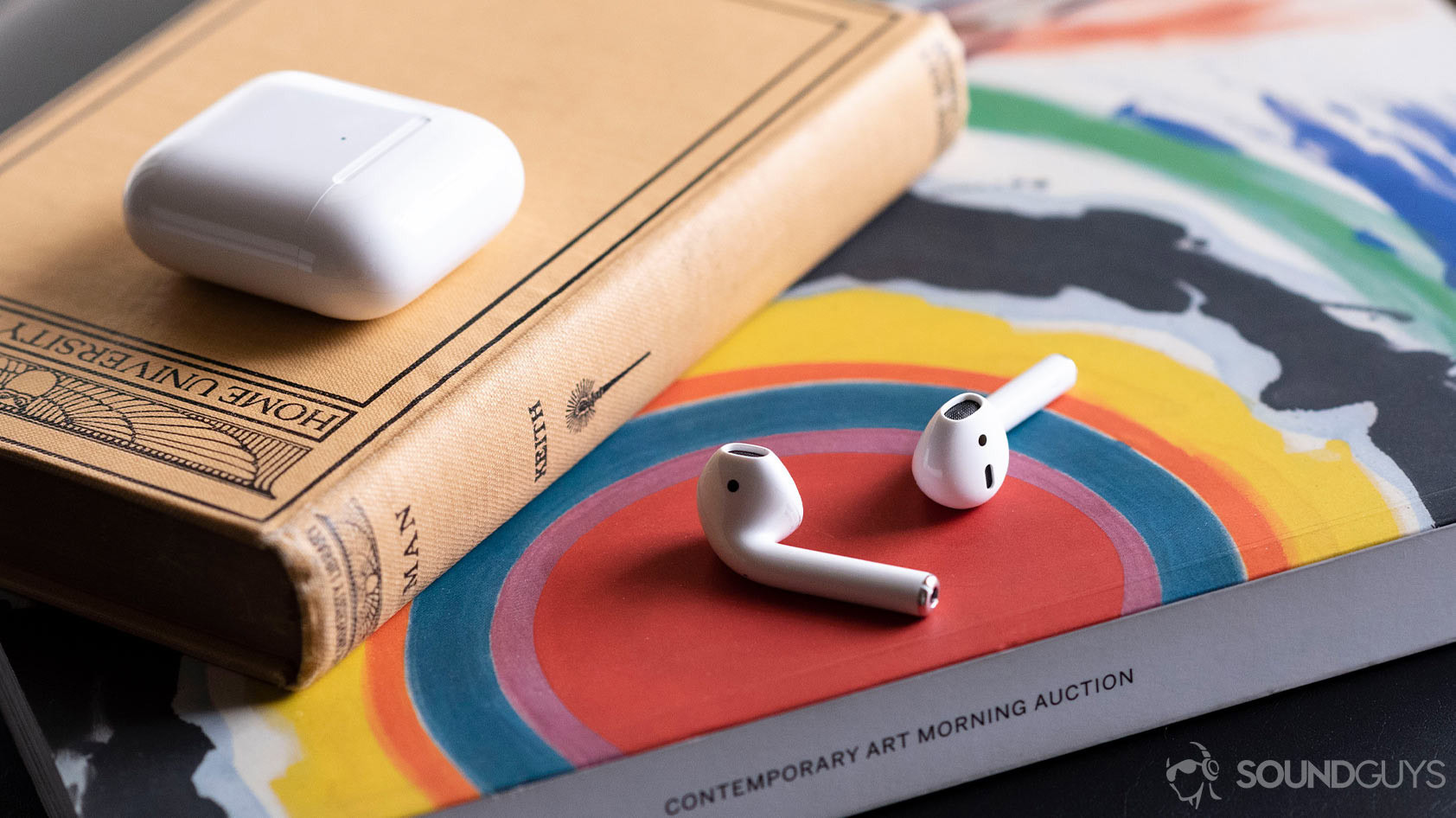
You get similar performance across Apple’s AirPods when paired with an iPhone. These AirPods all house Apple’s proprietary H1 or H2 chipset. The chips enable features like hands-free access to Siri and automatic device switching. Apple even makes it a cinch to set up the AirPods with one-step pairing.
The AirPods can hop between Apple devices under the same iCloud account with automatic switching. When listening to music on an iPhone, you can play a video on your iPad and hear the corresponding audio. Hitting play on your iPad video prompts the AirPods to pause your phone’s media and start receiving the iPad’s audio signal. The immediate switch has saved me from digging through my device’s Bluetooth settings countless times.
Apple’s AirPods support the SBC and AAC Bluetooth codecs. When streaming over AAC to an iPhone, you can enjoy high-quality, lag-free audio. You won’t be able to listen to lossless audio with the AirPods, even though Apple Music supports it.
All AirPods connect to Apple’s Find My network. You can access this with an iPhone, iPad, Apple Watch, or Mac. This displays your AirPods on a map. Some AirPods models have more features than others. For instance, the AirPods Pro 2 case has a speaker that emits a sound with a prompt from the Find My app. If separated, each earbud appears on the Find My map.
Further, you can precisely locate either AirPods Pro 2 bud or the case by following an arrow on your iPhone. Every time I use this feature, it feels like a treasure hunt. For it to work, the AirPods must be nearby.
Announced at WWDC 2023, the AirPods Pro 2 have a few new features available, including Adaptive Audio, Conversational Awareness, and Personalized Volume. Adaptive Audio combines ANC and Transparency mode to customize the listening experience in real-time as you move from one space to the next. With Conversational Awareness, the AirPods Pro 2 decrease the volume of your music when you speak, use ANC to quiet background noise, and simultaneously enhance the voices of anyone speaking right before you. Personalized Volume learns the volume levels you use in certain environments. Once the AirPods Pro 2 understand your listening habits, they will apply these settings automatically when you enter specific spaces.
What is Apple Spatial Audio?
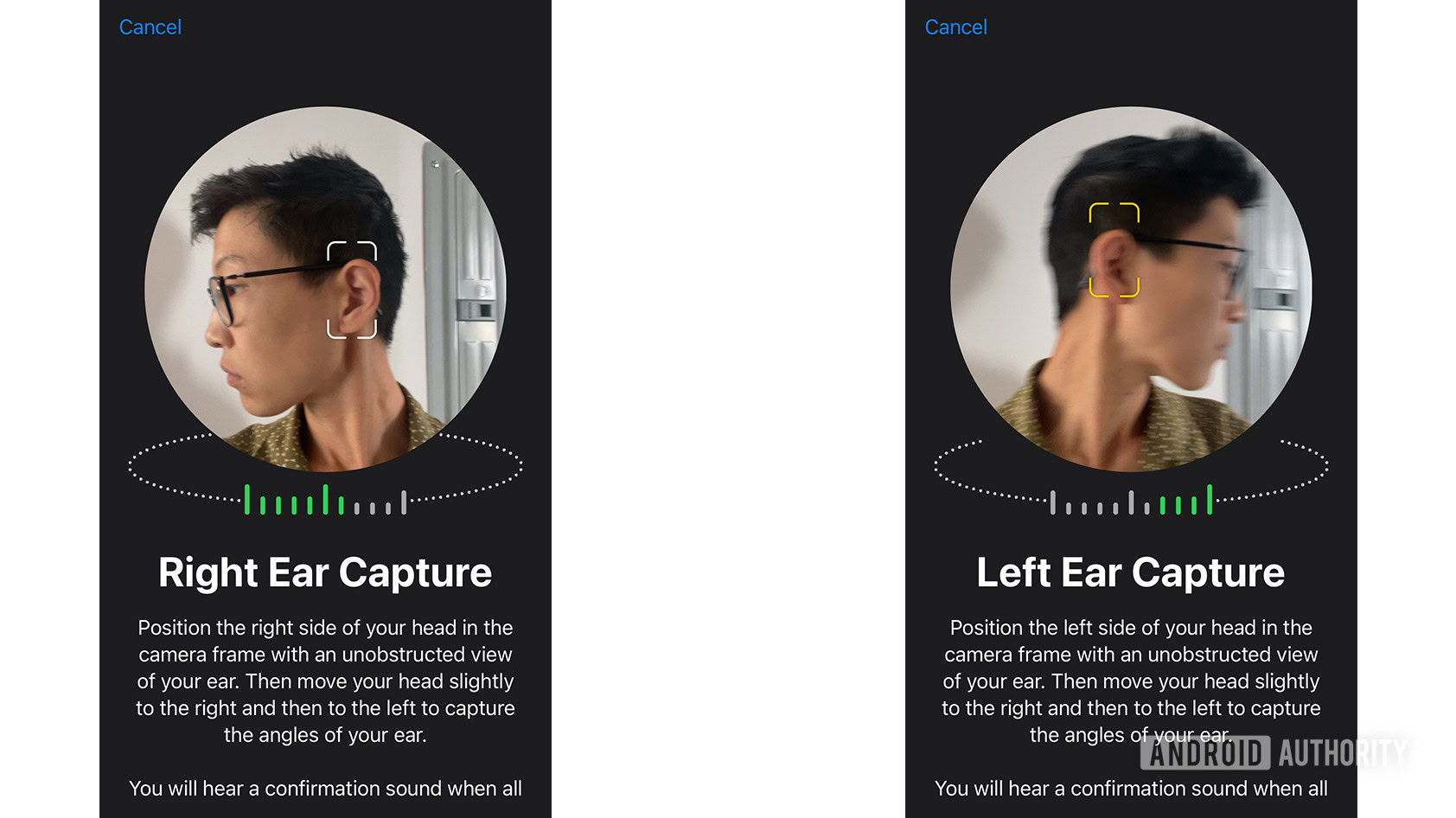
Put simply, Apple Spatial Audio is advanced, 360-degree surround sound that works with Dolby Atmos content. What’s cool about spatial audio is that it isn’t your standard left, right, and center audio setup. With this, sound can originate from anywhere around you — including from above or below.
You can listen to music and movies and enable all the fixings: personalized spatial audio with head tracking. To personalize the sound, use an iPhone to photograph your ears. Apple’s software then customizes the sound based on your ear anatomy. Enabling head tracking through your AirPods Pro or AirPods (3rd generation) anchors the sound to your phone. If you rotate your head to the left and your phone is in front of you, the sound will play louder through the right earbud. I’ve found Apple’s panning effect with head tracking enabled to be the most pleasant compared to Google’s and OnePlus’.
The AirPods 2 don’t support personalization or head tracking, but you can still enjoy Dolby Atmos content with music streaming services like Apple Music or Tidal.
Apple AirPods Pro 2 vs AirPods 3 vs AirPods 2: Do you need noise canceling?
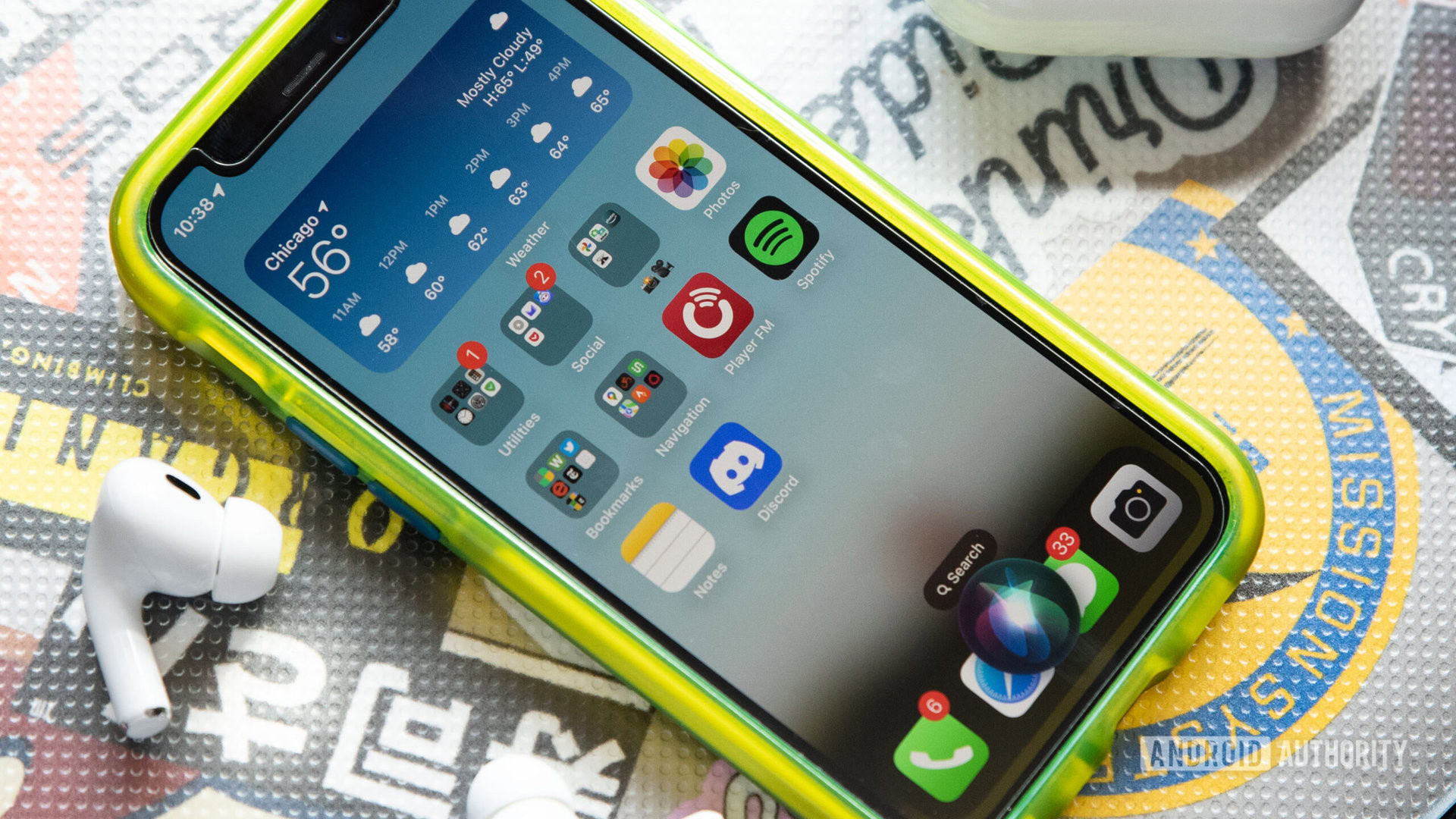
Do you commute by train, bus, or plane? If yes, do yourself a favor and grab the AirPods Pro 2. These earbuds have great noise canceling that diminishes an engine’s roar or a dryer’s drone. While wearing the AirPods Pro, you’ll struggle to hear your loud roommates and the sound of your decrepit A/C unit. Not only does ANC make your world quieter, but it also improves sound quality.
If you don't need noise canceling from the AirPods Pro 2, you can save quite a bit when you buy the AirPods 3.
On the flip side, the AirPods 3 and 2 don’t have ear tips, so you hear everything around you. This is good for situational awareness, but it can make it hard to hear your music. When you want to hear the world around you with the AirPods Pro 2, enable Adaptive Transparency, or listen in mono mode.
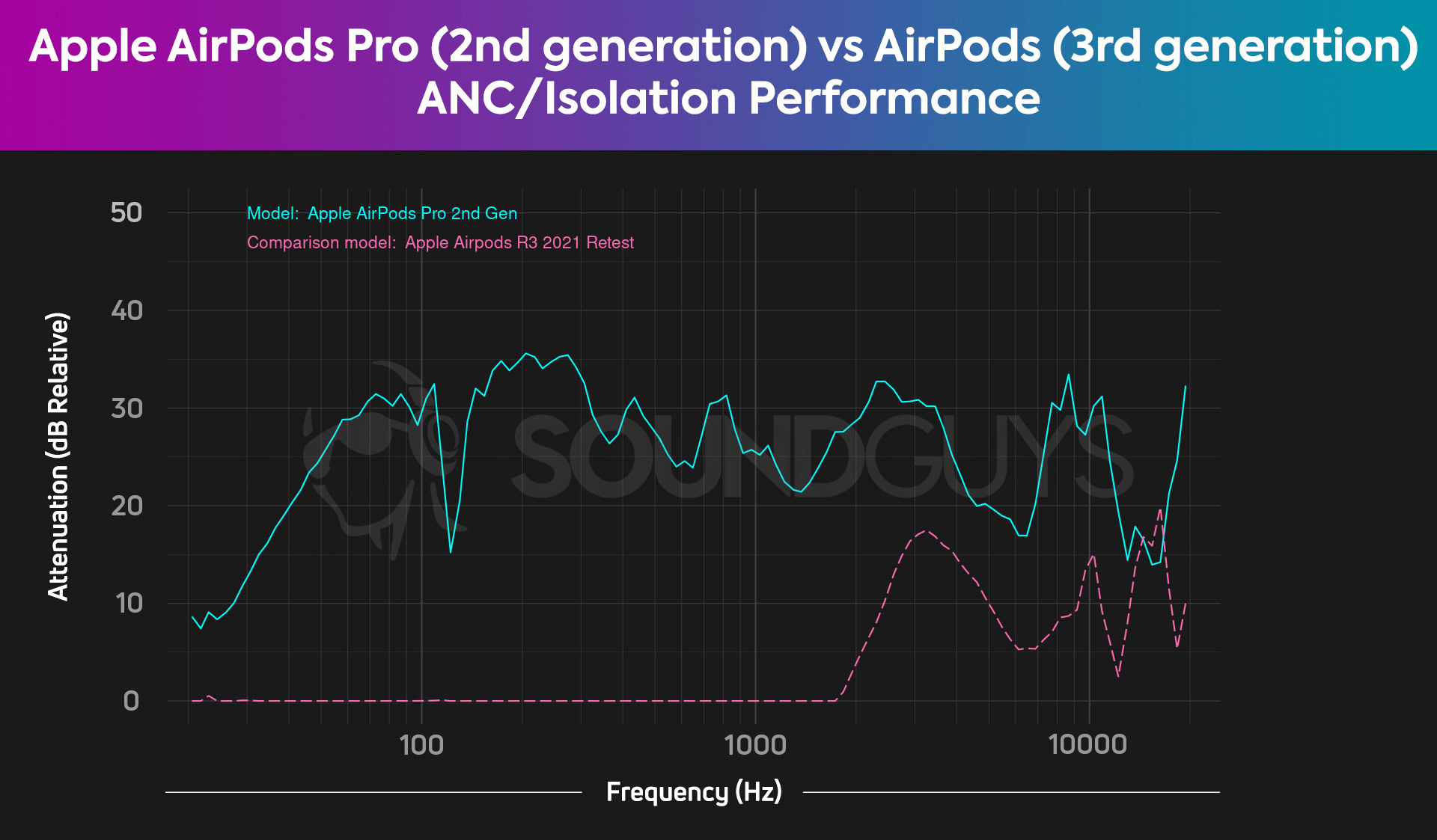
To illustrate how much more noise the AirPods Pro 2 block out than the AirPods 3, check out the chart above. The higher the line, the more sound the earbuds block out. The cyan line represents the AirPods Pro 2, and the pink dashed line represents the AirPods 3 and 2. (We omitted the AirPods 2 data from this chart because their isolation is nearly identical to the AirPods 3.)
The 0-256Hz and 257-2,040kHz frequency ranges are the most important for isolation, and the AirPods Pro 2 reduce these by up to 35 decibels. In other words, some of those sounds from an A/C unit or engine will be around 90% quieter with the AirPods Pro 2 than with the open-ear AirPods.
Will casual listeners hear a difference between the AirPods 2 vs AirPods 3 vs AirPods Pro 2?
The AirPods Pro (2nd generation) have the best sound quality among these AirPods. You don’t need a trained ear to hear this difference. Those whose music taste spans genres will get more mileage from the AirPods Pro (2nd generation) than Apple’s unsealed earbuds. The AirPods Pro 2 have a better bass response than Apple’s unsealed earbuds.
When you listen to music in a noisy space, the AirPods 3 and AirPods 2 bass will sound even worse. Background noise makes it hard to hear the music coming out of your AirPods, and the AirPods 2 and 3 leave your ear canals wide open. Bass frequencies are the first casualty of unsealed earbuds. That said, the AirPods 3 use Apple’s Adaptive EQ to remedy this.
Anyone who prioritizes sound quality should get the AirPods Pro (2nd generation).
Adaptive EQ adjusts the sound on the go, taking fit and background noise into account. No matter what, your AirPods Pro (2nd generation) or AirPods (3rd generation) will deliver consistent sound quality. Adaptive EQ uses the AirPods’ inward-facing mics to track what you hear at the moment. It then adjusts the midrange and low frequencies accordingly. The AirPods 2 don’t use Adaptive EQ.
Which AirPods are the best for phone calls?
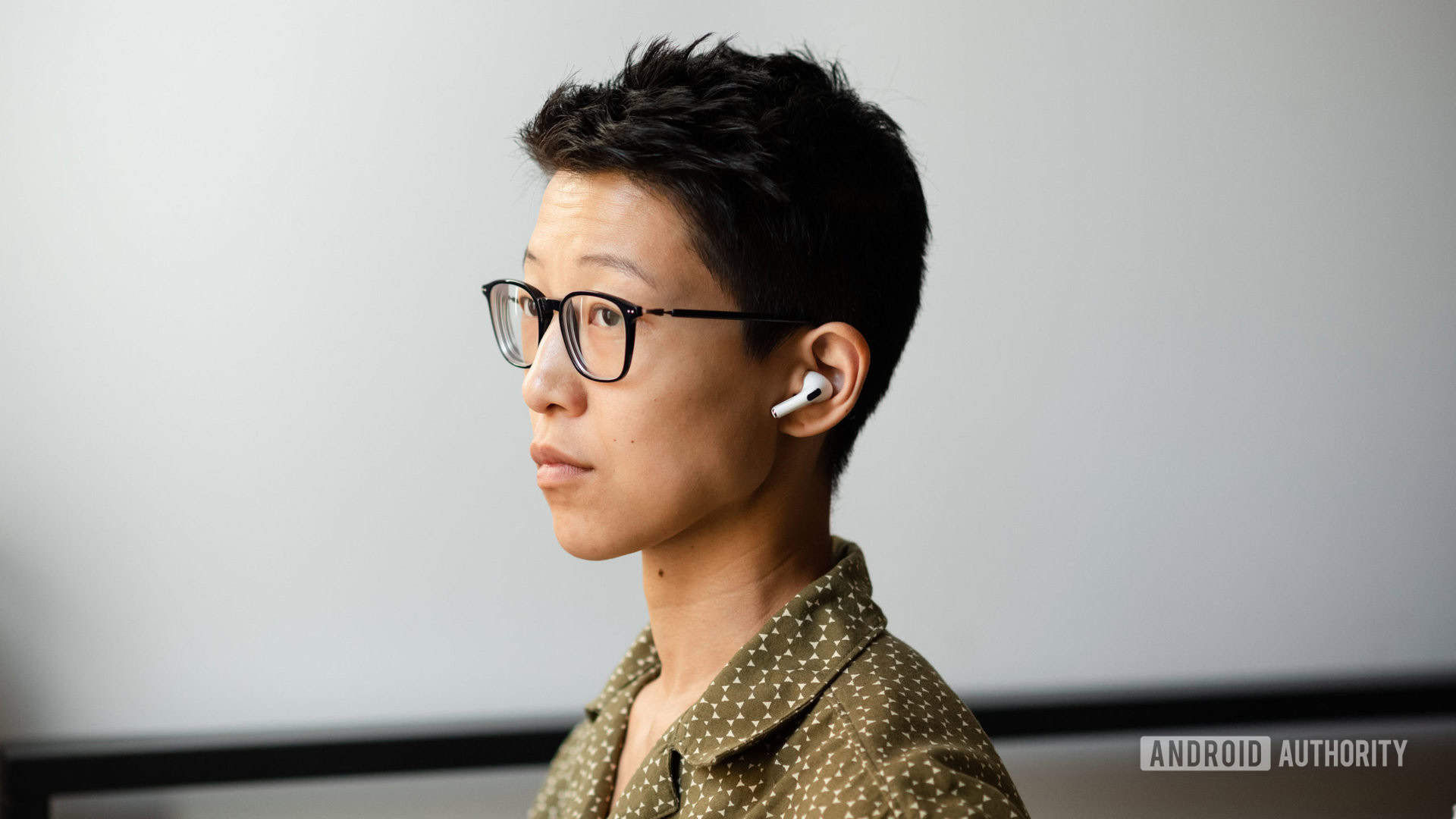
The AirPods Pro 2 and AirPods 3 are better for phone calls than the AirPods 2. However, you can get away with any of the AirPods for casual phone calls. We recommend the newer AirPods for those who spend their nine-to-fives in Zoom meetings or any other calling apps.
Compare the AirPods Pro 2 vs AirPods 3 vs AirPods 2 microphone samples below.
AirPods Pro (2nd generation) microphone demo (Ideal conditions):
AirPods (3rd generation) microphone demo (Ideal conditions):
AirPods (2nd generation) microphone demo (Ideal conditions):
The AirPods Pro (3rd generation) microphones fare best in sub-optimal conditions. All AirPods transmit background noise along with the speaker’s voice, but the AirPods Pro 2 have far fewer dropouts than the others. The AirPods (3rd generation) cut out slightly less than the AirPods (2nd generation).
Hear how phone calls sound in street conditions. Compare the microphone samples below.
AirPods Pro (2nd generation) microphone demo (Street conditions):
AirPods (3rd generation) microphone demo (Street conditions):
AirPods (2nd generation) microphone demo (Street conditions):
Which microphone sounds best?
AirPods 2 vs AirPods 3 vs AirPods Pro 2: Battery life
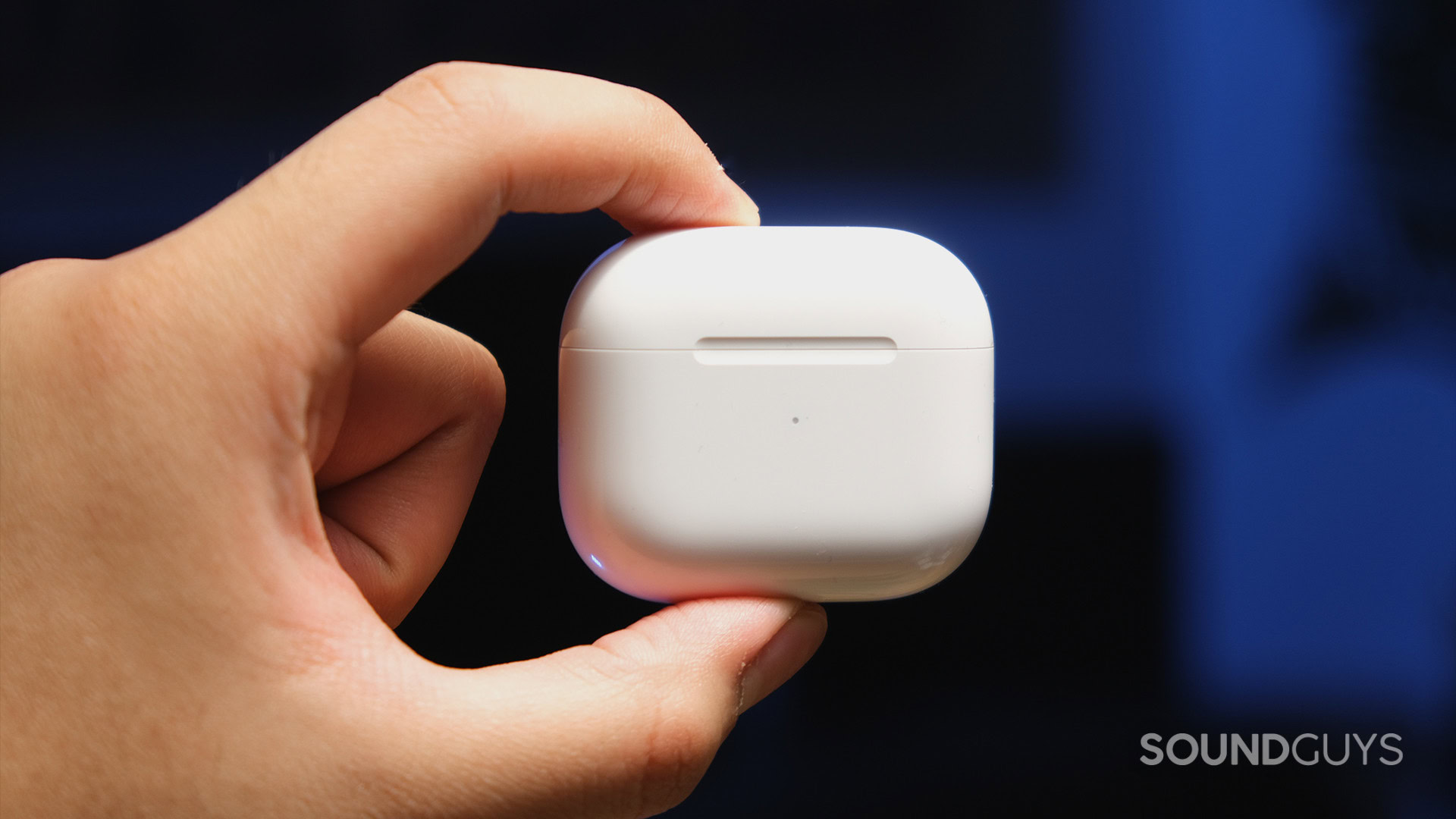
Officially, the AirPods Pro (2nd generation) battery life is six hours with ANC on. The case provides an extra 24 hours of playtime. The AirPods (3rd generation) have the same battery life specs, just without noise canceling. You get six hours from the buds and 24 extra hours from the case. With the poorest battery life, the AirPods (2nd generation) last five hours on a single charge. The AirPods 2 case provides an additional 19 hours of battery.
In our testing, we subject each pair of earbuds to real music peaking at 75dB (SPL). Here are the battery readouts for each pair of AirPods in question:
- AirPods Pro (2nd generation), ANC on: Five hours, 43 minutes.
- AirPods (3rd generation): Six hours, 21 minutes.
- AirPods (2nd generation): Four hours, seven minutes.
AirPods Pro vs AirPods: What’s the difference?
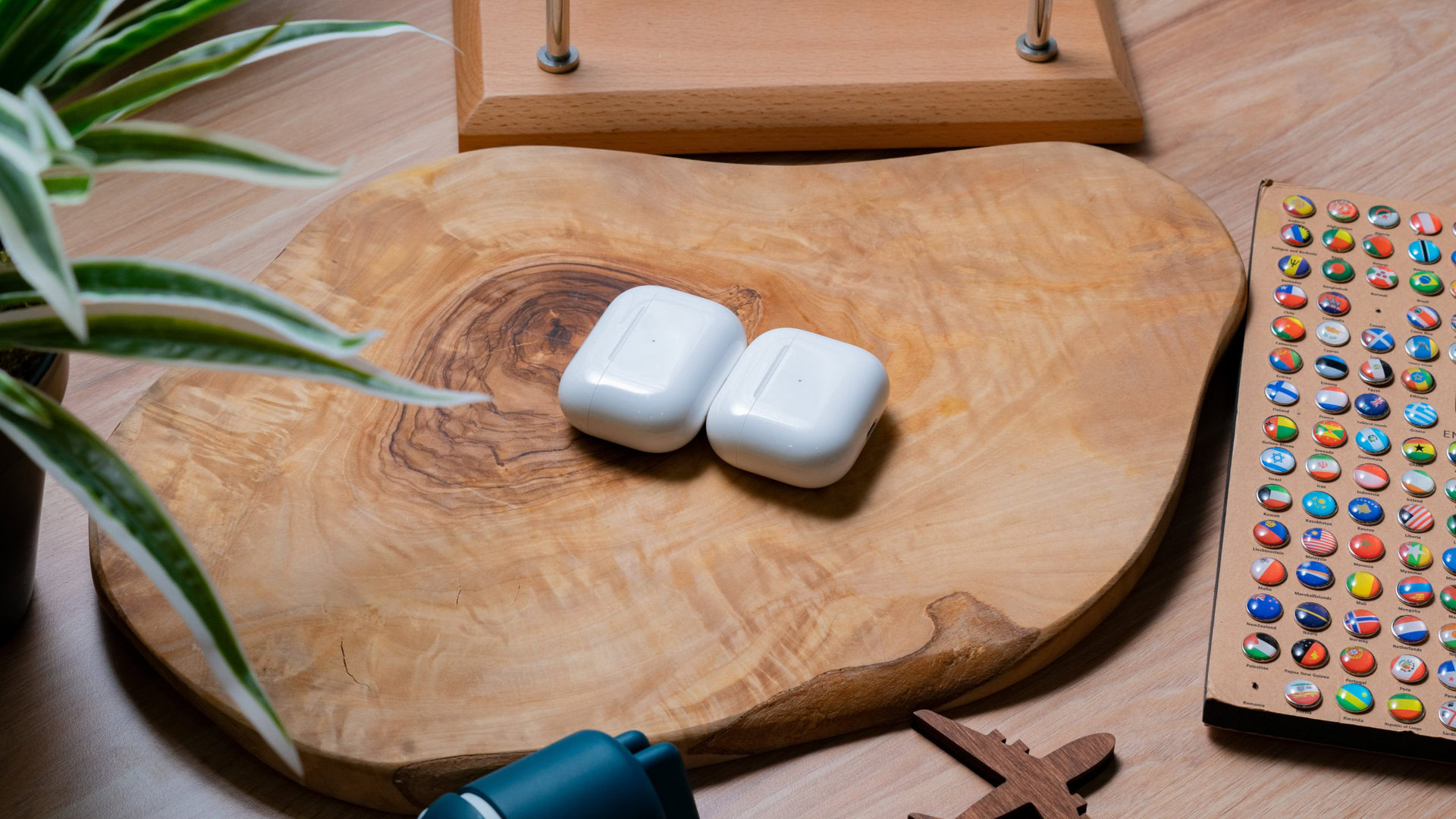
Apple’s original AirPods Pro took the world by storm with their great ANC and premium features. Although the AirPods 3 don’t have ANC, they are similar to the AirPods Pro and AirPods Pro 2 and cost less. Comparing the AirPods 2 to the AirPods 3 and Pro 2 show a clear separation between the models. Here are the main differences between the AirPods Pro (2nd generation), AirPods (3rd generation), and AirPods (2nd generation):
- Dimensions: The AirPods Pro 2 earbuds are the largest, measuring 30.9 x 21.8 x 24mm and weighing 5.3g each. The AirPods 3 are in the middle and measure 30.79 x 18.26 x 19.21mm with a 4.3g weight per earbud. The AirPods 2 are the smallest. Each earbud is 40.5 x 16.5 x 18mm and weighs 4g.
- Battery life: The AirPods Pro 2 and AirPods 3 have an official battery life of six hours, with 24 extra hours from the case. Apple measured the AirPods Pro 2 battery life with ANC on. The AirPods 2 last five hours on a single charge with 19 extra hours from the case.
- Sound quality: The AirPods Pro (2nd generation) sound the best out of Apple’s earbuds. Neither the AirPods 2 nor AirPods 3 will sound as good in the real world as their frequency response charts depict.
- Isolation: Get the AirPods Pro (2nd generation) for the best isolation. These block out noise with their ear tips and ANC. The AirPods 2 and 3 lack both of these features and let in a lot of background noise.
- Personalized spatial audio with head tracking: The AirPods Pro 2 and AirPods 3 are compatible with personalized spatial audio and head tracking. This works with Dolby Atmos content. The AirPods 3 do not have personalized spatial audio or head tracking.
Do the AirPods and AirPods Pro work with Android?
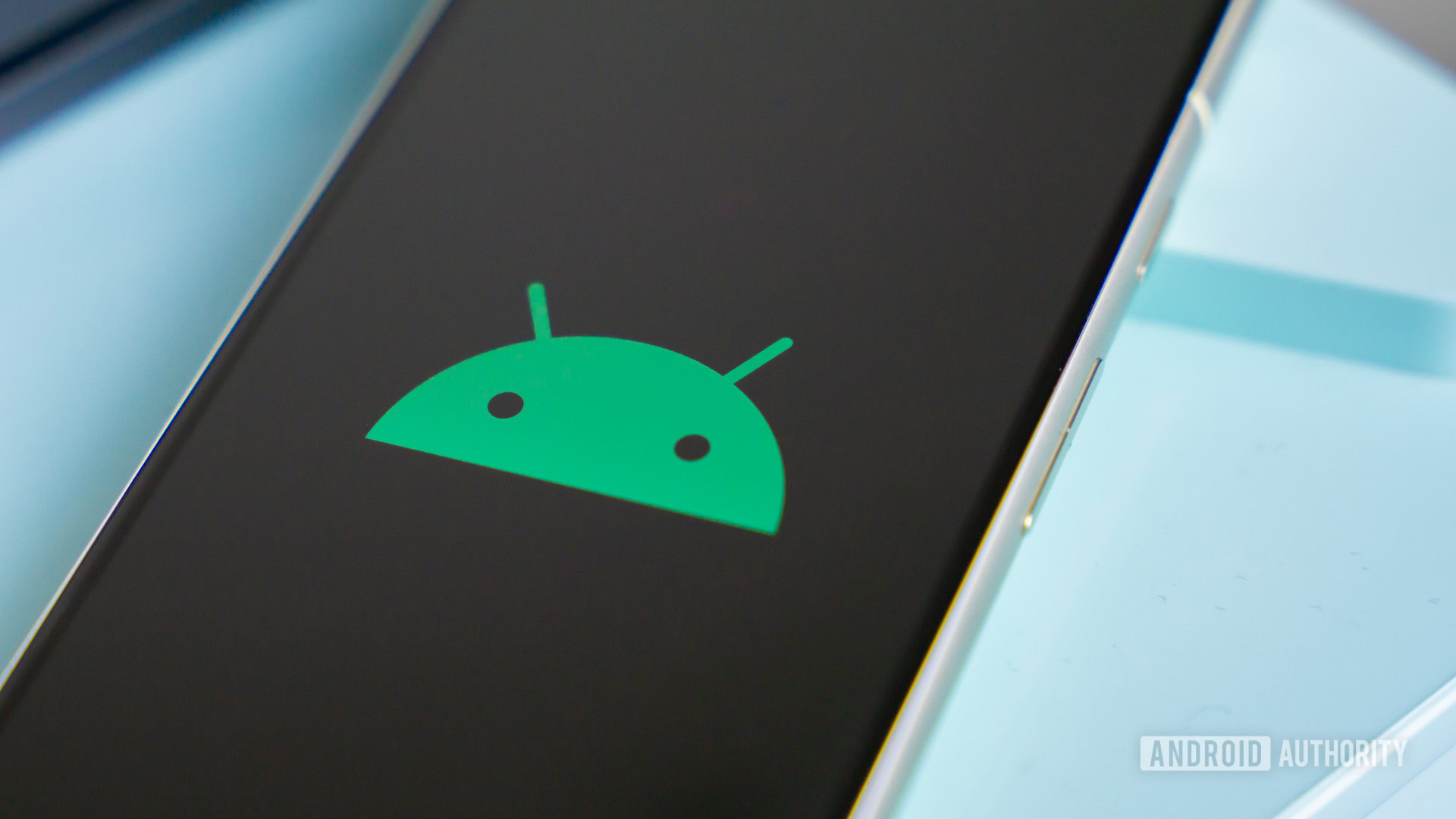
All AirPods work with Android, and we actually have a guide showing you how to connect AirPods to Android devices. That said, the experience is limited. Remember, these are Apple earbuds. Owning an iPhone is the best way to get the best value out of the AirPods.
Nevertheless, Apple’s great noise canceling works whether you pair the AirPods Pro (2nd generation) with an Android phone or iPhone. You’ll still be able to answer calls and listen to music, but you’ll miss out on many features that make the AirPods worth using.
Features you won’t have using AirPods on Android:
- Apple Find My: You must pair your AirPods to an Apple device to access Apple’s complex Find My network. The Wunderfind helps locate lost wireless earbuds, including the AirPods on Android.
- Automatic device switching: This lets the AirPods switch audio sources between Apple devices. You can’t switch between Android devices with the AirPods. However, you can enjoy auto device switching with the Samsung Galaxy Buds and various Samsung devices.
- Conversation Boost: This is a great feature for listeners who are hard of hearing and is exclusive to Apple devices. To get a similar effect through your AirPods on Android, download the Sound Amplifier app.
- Custom controls: Using the AirPods with Android limits you to playing or pausing your music. Other controls require you to interact with your phone. The aforementioned Assistant Trigger app enables automatic ear detection. This plays/pauses media as you insert/remove the earbuds.
- Ear tip fit test: The AirPods Pro (2nd generation) have an ear tip fit test when paired to an iPhone, but you don’t get this on Android. Instead, experiment with the ear tips and shake your head a bit. If they stay in place, they’re a good fit. If they fall out, try again with a different size.
- Firmware updates: There’s no clever way to receive AirPods firmware updates on Android. You just need to get a hold of an iPhone or iPad to update your AirPods.
- Hands-free Siri Access: There’s no way to access Siri from an Android device, and you certainly won’t be able to say, “Hey, Siri” with the AirPods on Android. You can program the AirPods’ double-press function to enable Google Assistant with the Assistant Trigger app.
- One-step pairing: Apple makes it silly simple to pair AirPods to iPhones and iPads. When pairing AirPods to an Android phone, you must go through your Bluetooth settings.
- Personalized spatial audio with head tracking: You won’t be able to create a personal spatial audio profile when pairing the AirPods to Android. However, you can access standard spatial audio through certain music streaming services like Apple Music, Amazon Music, and Tidal.
If you want great earbuds for Android, check out our list of AirPods alternatives below.
What are some good Apple AirPods alternatives?
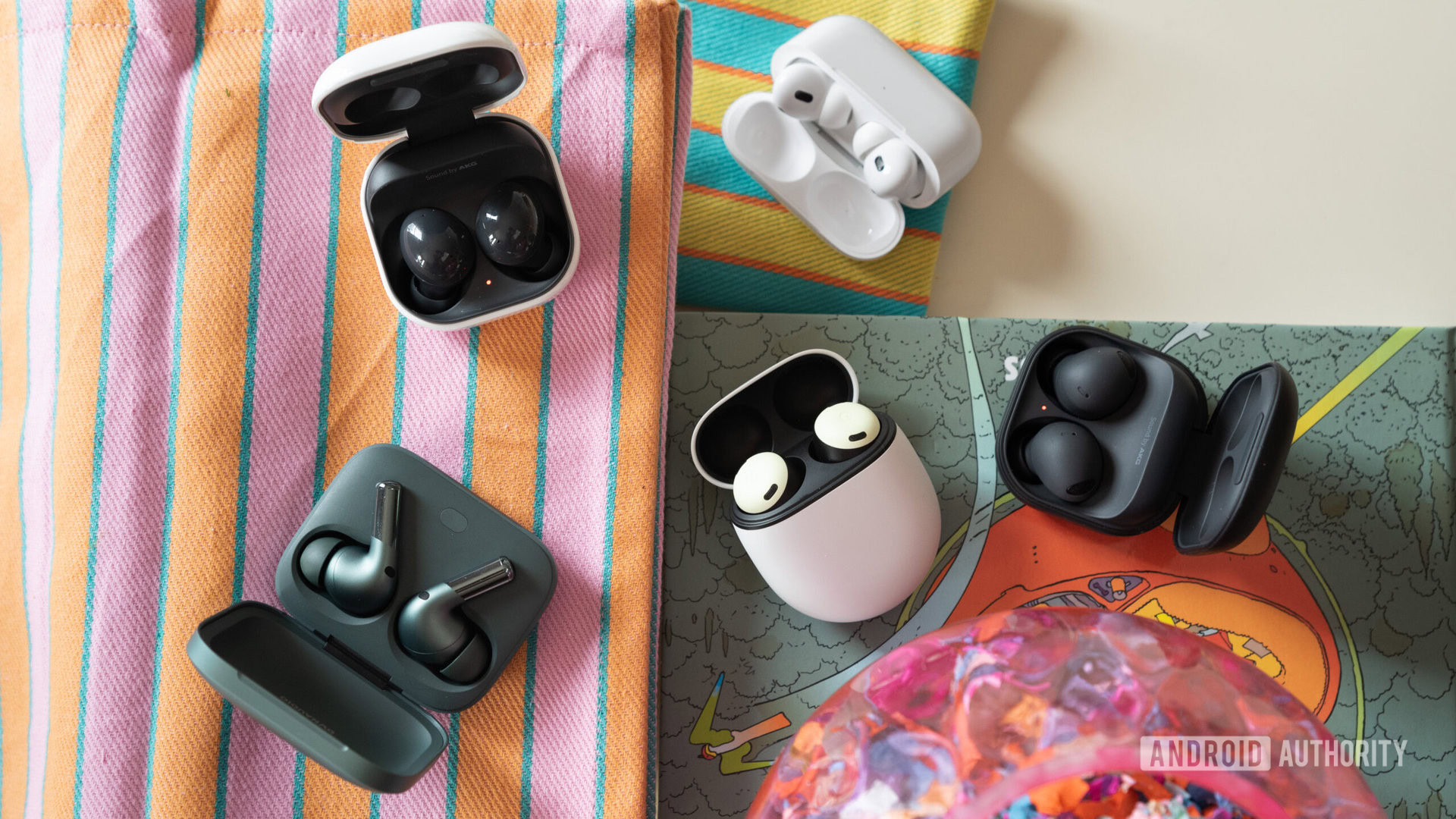
Given the AirPods’ meteoric rise and sustained popularity, it’s no wonder so many manufacturers are trying to emulate Apple’s success. Check out some of the best AirPods alternatives below.
Great Apple AirPods Pro (2nd generation) alternatives
- Sony WF-1000XM5 ($387 at Amazon): Sony makes the best ANC earbuds around, and we recommend the WF-1000XM5 to most listeners. Memory foam ear tips mutes most background noise. Sony’s earbuds are feature-packed and work across operating systems. Any phone owner can tweak the sound or set up personalized Sony 360 Reality Audio. They are expensive, but have amazing ANC, splendid isolation, excellent battery life, and overall outstanding performance.
- Samsung Galaxy Buds 2 Pro ($179 at Amazon): These Galaxy Buds are the best earbuds for Samsung smartphone owners. Like Apple, Samsung provides listeners who match their buds to their phones receive exclusive features. Samsung’s automatic device switching works like Apple’s. What really makes the Buds 2 Pro unique is its stellar low-frequency ANC. You won’t hear a thing with these earbuds in. These compare well against the AirPods Pro and work better with Android phones.
- Google Pixel Buds Pro ($199 at Amazon): Google fans will want to grab the Pixel Buds Pro for their great noise canceling and feature set. Google consistently updates its products to keep them competitive. In fact, it’s already done so with the Pixel Buds Pro. Since their release, these earbuds have received spatial audio with head tracking and a custom EQ.
- Beats Fit Pro ($159 at Amazon): Athletes can exercise in the Fit Pro without thinking twice about them falling out. With stabilizing wing tips and an IPX4 rating, the Fit Pro can withstand various vigorous movements, from running to rock climbing. Beats earbuds use button controls, which are easier to operate with sweaty hands. You’ll get personalized spatial Audio with head tracking here, too.
- Bose QuietComfort Ultra ($299 at Amazon): Bose makes some of the best true wireless earbuds, but you better be ready to pay the higher price tag. These cost $429, but we loved the ANC quality, and it has a passthrough mode for the times you want to hear your surroundings. The sound quality is also stunning.
- Nothing Ear 2 ($149 at Amazon): ANC and battery life may not be as good with these earbuds, but the Nothing Ear 2 buds offer great value elsewhere. They are very comfy, have squeeze controls, and come with great-quality audio. It helps that they are much cheaper at $149, and they look really cool!
Apple AirPods (3rd generation) and AirPods (2nd generation) alternatives
- Google Pixel Buds A-Series ($94 at Amazon): Of course, the Pixel Buds A-Series are obvious direct competitors to the regular AirPods. They don’t block out noise and have no transparency mode, but they are great for Android users, offering a nice build, simple design, an IPX4 rating, spatial audio on Pixel 6 or newer phones, and a great price.
- Sony LinkBuds WF-L900 ($178 at Amazon): These donut-shaped earbuds let you hear your surroundings. Despite the unsealed design, you get a more secure fit than with the AirPods 2 or AirPods 3. How does Sony do it? Interchangeable wing tips that fit most ear sizes. Listeners who like the AirPods but just can’t get a good fit with them should try the LinkBuds.
- Samsung Galaxy Buds FE ($99 at Amazon): Samsung’s wing-shaped buds seized the tech world, offering a good price and very good quality. These earbuds also have a nice small case and good ANC. Sweat protection still isn’t great, considering it has an IPX2 rating. The sound is also a bit too bassy, but we know many of you like that.
- Nothing Ear Stick ($64 at Amazon): Like the AirPods, the Ear Stick feature a universal fit that’s meant to accommodate most ear shapes. When wearing the Ear Stick, you’ll hear everything around you. Nothing’s app lets you choose between EQ presets or create your own. For under $100, there’s really nothing to complain about.
- Anker Soundcore Liberty 4 NC ($99.99 at Amazon): We had very little to complain about when we reviewed the Anker Soundcore Liberty 4 NC. Mainly, the case is a bit too chunky and many EQ presets are too bassy. If you can look past these trivialities, these $100 earbuds offer excellent audio quality, ANC, awesome battery life, wireless charging, and an IPX4 rating.
- Skullcandy Rail ANC ($79.99 at Amazon): Here’s another set of $100 earbuds. The case is also pretty large, and the mic is only so-so, but these are fabulous headphones elsewhere. The audio is pretty good, and it comes with an IPX4 rating. The battery life is pretty outstanding, as well.
Apple AirPods Pro 2 vs AirPods 2 vs AirPods 3: Where to buy Apple’s earbuds
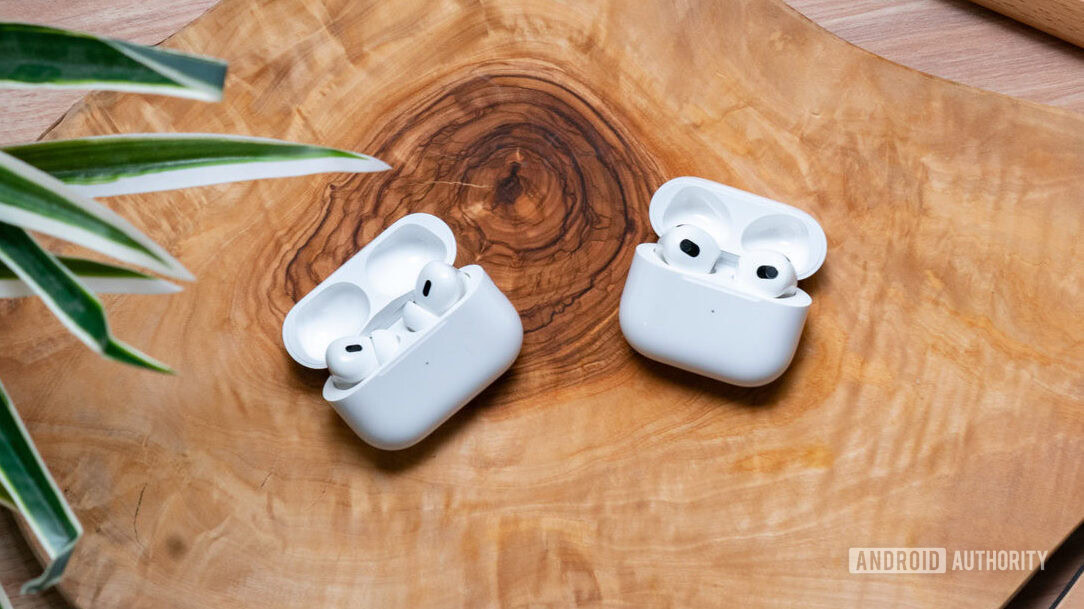
- Apple AirPods Pro (2nd generation): $249 / £249 / €299
- Apple AirPods (3rd generation): From $169 / £179 / €209
- Apple AirPods (2nd generation): $129 / £139 / €159
The AirPods Pro (2nd generation) share the same debut price as the original AirPods Pro. When you buy the AirPods Pro 2, you get a wireless charging case that supports Qi and MagSafe standards. The case also comes in two variants. It previously came with a Lightning connection, but the AirPods Pro 2 now include a USB-C port. And if you bought the earbuds in the past, you can buy a USB-C case separately.
You’ll pay $169 for the AirPods 3 with a wired charging case and $179 for the AirPods 3 with a MagSafe charging case. At launch, the AirPods 2 cost $159 for the Lightning case option and $199 for the Qi wireless charging case option. Today, Apple only sells the AirPods 2 with a Lightning case for $129.
Apple’s AirPods are available in over 100 countries and territories. These regions include the US, Canada, Australia, and the UK.

Comfortable fit
Wireless charging

Easy for iPhones
Deep Apple integration

'Hey Siri' access
Share audio between Apple devices
Top AirPods questions and answers
The AirPods Pro 2 and AirPods 3 are safe against sprays of water from any direction, thanks to their IPX4 rating. The AirPods (2nd generation) cannot withstand any water without the risk of damage. None of the AirPods are guaranteed to survive a dip in the pool.
You can use the Apple Find My app to locate your lost AirPods. To do so, follow these steps:
- Open the Find My app on your iPad or iPhone.
- Tap Devices.
- Tap AirPods.
- The AirPods’ location will be displayed on a map.
You can emit a sound from your AirPods by following these steps:
- Open the Find My app on an iPhone or iPad.
- Tap Devices.
- Tap AirPods.
- Tap Play Sound.
- The AirPods will start emitting a sound that you should be able to hear if it’s nearby.
The AirPods Pro 2 sound better than the AirPods 2. Apple’s second-gen AirPods Pro output frequencies more evenly across the spectrum. You’re more likely to hear musical detail from the Pro 2 than with the AirPods 2. The AirPods Pro 2 isolate you from the outside world, something the AirPods 2 and 3 can’t do.
No, the AirPods 3 don’t have noise canceling. For ANC, you’ll need to purchase the AirPods Pro series or AirPods Max, Apple’s noise canceling headphones.
Like many companies, Apple stops producing old models as it releases new ones. Apple could have decreased the price of the original AirPods Pro when it release the second-gen, but Apple discontinued it instead. This makes sense as both AirPods Pro share similar performance and software features. Consumers might not buy as many AirPods Pro 2 if the original AirPods Pro were still available.
The AirPods Pro (2nd generation) case supports Qi and MagSafe charging. To get the AirPods (3rd generation) with a MagSafe charging case, you’ll need to pay $10 more, totaling $179. The AirPods (2nd generation) once had a wireless charging option that launched at $199, but this is no longer available.